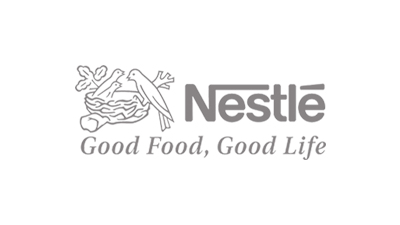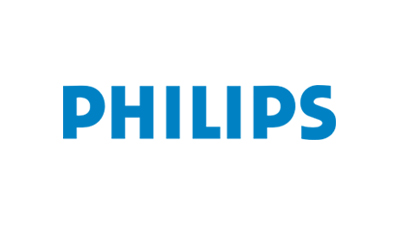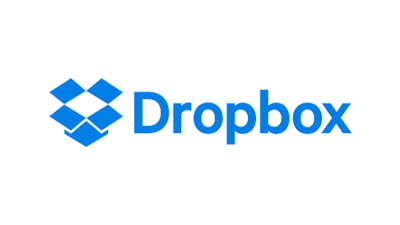A protonic ceramic fuel cell (PCFC) is a fuel cell based on a ceramic electrolyte material that exhibits high protonic conductivity at elevated temperatures. PCFCs share the thermal and kinetic advantages of high temperature operation at 700 degrees Celsius with molten carbonate and solid oxide fuel cells, while exhibiting all of the intrinsic benefits of proton conduction in proton exchange membrane fuel cells (PEMFC) and phosphoric acid fuel cells (PAFC). The high operating temperature is necessary to achieve very high electrical fuel efficiency with hydrocarbon fuels. PCFCs can operate at high temperatures and electrochemically oxidize fossil fuels directly to the anode. This eliminates the intermediate step of producing hydrogen through the costly reforming process. Gaseous molecules of the hydrocarbon fuel are absorbed on the surface of the anode in the presence of water vapor, and hydrogen atoms are efficiently stripped off to be absorbed into the electrolyte, with carbon dioxide as the primary reaction product. PCFCs have a solid electrolyte, so that the membrane cannot dry out as with PEM fuel cells, and liquid cannot leak out as with PAFCs. Scope of the Report: This report focuses on the Protonic Ceramic Fuel Cell (PCFC) in global market, especially in North America, Europe and Asia-Pacific, South America, Middle East and Africa. This report categorizes the market based on manufacturers, regions, type and application. Among the major fuel cells types, Proton Exchange Membrane Fuel Cells (PEMFC) account for nearly 60% market share. Following Proton Exchange Membrane Fuel Cells (PEMFC), both Molten Carbonate Fuel Cells (MCFC) and Solid Oxide Fuel Cells (SOFC) account for more than 14% market share. Protonic Ceramic Fuel Cells (PCMC) are similar to SOFCs in many ways. The major difference is that hydrogen moves through the ceramic electrolyte rather than oxygen. These fuel cells are much like a hybrid between a SOFC and a PEMFC. The major benefit of PCFCs is their ability to utilize a wide variety of fuel sources. Coal, wood, hydrocarbons, and even non-fossilized organic matter can all be used as fuel. Now, Protonic Ceramic Fuel Cells (PCMC) technology are still under development as it is not mass produced. The Colorado School of Mines (Mines) and The Research Council of Norway are the main research institutes of Protonic Ceramic Fuel Cells (PCMC). The worldwide market for Protonic Ceramic Fuel Cell (PCFC) is expected to grow at a CAGR of roughly xx% over the next five years, will reach xx million US$ in 2023, from xx million US$ in 2017, according to a new GIR (Global Info Research) study. Market Segment by Manufacturers, this report covers Ballard Toshiba PLUG Power FuelCell Energy Hydrogenics Doosan Fuel Cell Horizon Intelligent Energy Hyster-Yale Group Nedstack Pearl Hydrogen Sunrise Power Market Segment by Regions, regional analysis covers North America (United States, Canada and Mexico) Europe (Germany, France, UK, Russia and Italy) Asia-Pacific (China, Japan, Korea, India and Southeast Asia) South America (Brazil, Argentina, Colombia etc.) Middle East and Africa (Saudi Arabia, UAE, Egypt, Nigeria and South Africa) Market Segment by Type, covers PEMFC DMFC PAFC SOFC MCFC AFC Market Segment by Applications, can be divided into Portable Stationary Transport There are 15 Chapters to deeply display the global Protonic Ceramic Fuel Cell (PCFC) market. Chapter 1, to describe Protonic Ceramic Fuel Cell (PCFC) Introduction, product scope, market overview, market opportunities, market risk, market driving force; Chapter 2, to analyze the top manufacturers of Protonic Ceramic Fuel Cell (PCFC), with sales, revenue, and price of Protonic Ceramic Fuel Cell (PCFC), in 2016 and 2017; Chapter 3, to display the competitive situation among the top manufacturers, with sales, revenue and market share in 2016 and 2017; Chapter 4, to show the global market by regions, with sales, revenue and market share of Protonic Ceramic Fuel Cell (PCFC), for each region, from 2013 to 2018; Chapter 5, 6, 7, 8 and 9, to analyze the market by countries, by type, by application and by manufacturers, with sales, revenue and market share by key countries in these regions; Chapter 10 and 11, to show the market by type and application, with sales market share and growth rate by type, application, from 2013 to 2018; Chapter 12, Protonic Ceramic Fuel Cell (PCFC) market forecast, by regions, type and application, with sales and revenue, from 2018 to 2023; Chapter 13, 14 and 15, to describe Protonic Ceramic Fuel Cell (PCFC) sales channel, distributors, traders, dealers, Research Findings and Conclusion, appendix and data source
Table of Contents 1 Market Overview 1.1 Protonic Ceramic Fuel Cell (PCFC) Introduction 1.2 Market Analysis by Type 1.2.1 PEMFC 1.2.2 DMFC 1.2.3 PAFC 1.2.4 SOFC 1.2.5 MCFC 1.2.6 AFC 1.3 Market Analysis by Applications 1.3.1 Portable 1.3.2 Stationary 1.3.3 Transport 1.4 Market Analysis by Regions









